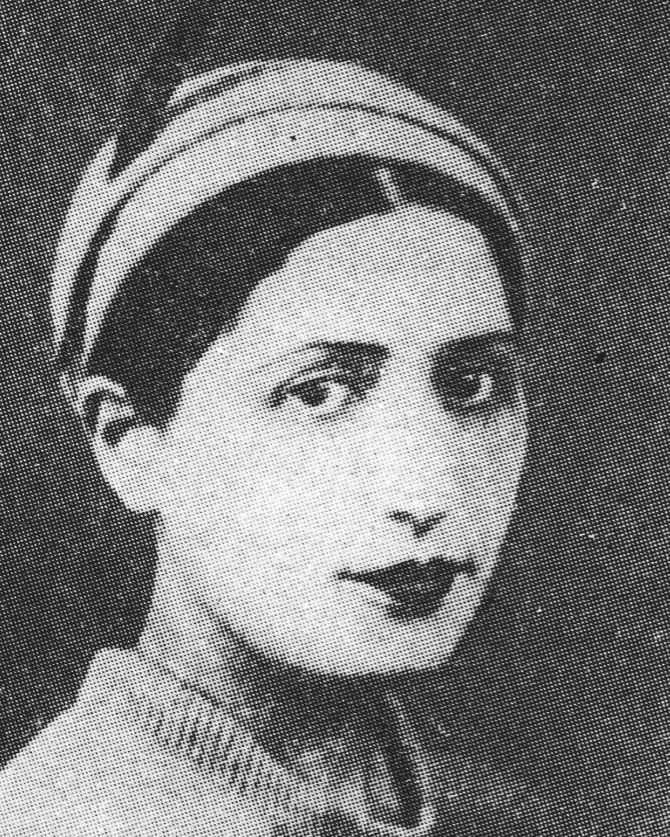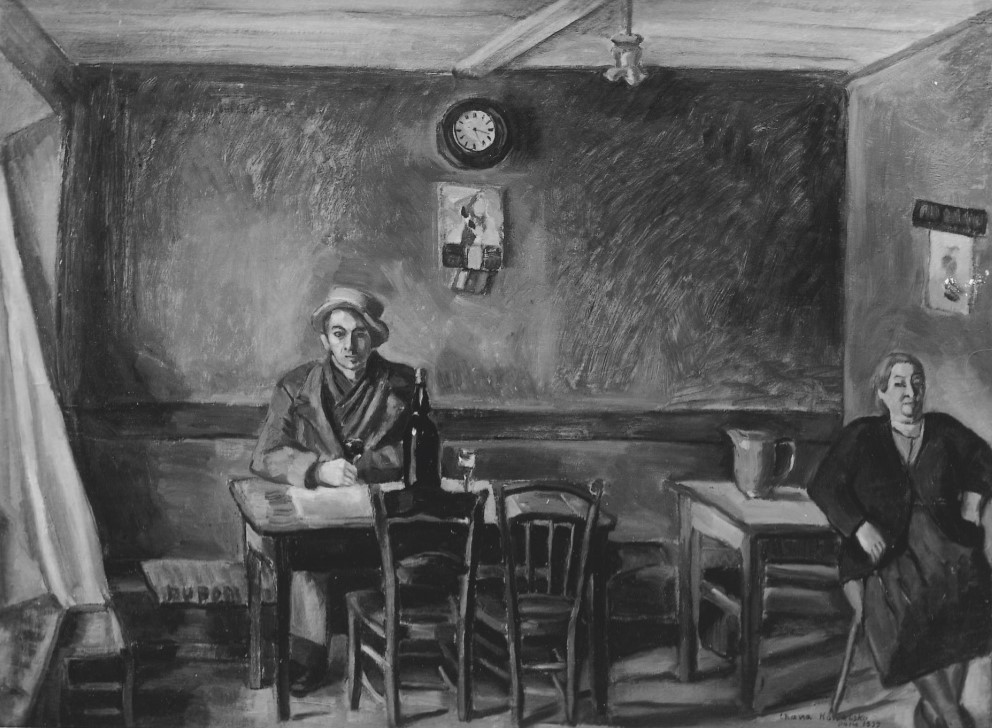Sigismond KOLOS-VARY
January 2, 2019Nathalie KRAEMER
January 3, 2019Chana Gitla KOWALSKA
WLOCLAWEK (POLAND) 1907 – DEPORTED 1941
Chana Gitla Kowalska grew up in a religious family. Her father, rabbi Kowalski, was a member of a religious Zionist movement as well as a senator. The artist’s childhood was marked by the strong personality of her father. Their home was a meeting point for intellectuals and Sholem Asch wrote his first book there. Chana Gitla Kowalska began drawing at the age of sixteen. In 1922, she moved to Berlin to study painting and met her future husband, the writer and essayist Baruch Winogora. In Paris, Gitla Kowalski settled at 171 avenue de Clichy. As she did not have her own studio, she had to borrow the studios of her friends to paint. She was actively involved in the Paris branch of Kultur-Liga and in Jewish communist circles. She also worked as a journalist, and wrote about painting in Presse Nouvelle (New Press) and the Yiddish Le Journal de Paris. She was the Secretary of the Jewish Painters and Sculptors Association, and participated in the 1937 Jewish Cultural Congress.
During World War II, she was involved in the French Resistance and was arrested by the Gestapo. She was imprisoned in the Prison de la Santé and then transferred to the Prison des Tourelles. She and her husband were deported in 1941 on convoy number 34. They were murdered by the Nazis.
Stories of Jewish Artists of the School of Paris 1905-1939
FRENCH-ENGLISH
Capitale des arts, le Paris des années 1905-1939 attire les artistes du monde entier. De cette période de foisonnement, un terme est resté, celui d'Ecole de Paris, qui recouvre une grande diversité d'expression artistique. Dans ce brassage dont Montparnasse est le creuset, un groupe se distingue : celui des artistes juifs venus de Russie, de Pologne et d'Europe centrale. Si leurs styles sont variés, un destin commun les rassemble : ils fuient l'antisémitisme de leur pays d'origine. Certains ont connu la célébrité dès les années 1920, tels Soutine, Lipchitz ou Chagall. D'autres n'ont pas eu le temps ou la chance d'y accéder. Près de la moitié a péri dans les camps de concentration nazis.
From 1905 to 1939, Paris attracted artists from all over the globe as the capital of the art world. This period of artistic proliferation became known as the School of Paris, and includes a great diversity of artistic expression. Within the teeming art world centred on Montparnasse, one group set itself apart: Jewish artists from Russia, Poland, and Central Europe. Although their styles were diverse, they shared the common fate of fleeing anti-Semitic persecutions in their home countries. Some became famous in the 1920s, such as Soutine, Lipchitz, and Chagall, while others did not have the time or the luck to gain renown. Nearly half of these artists died in Nazi concentration camps.






